![]()
|
Here's what Belarusky
Narodny Bank site writes about Slucak Belts in their article: "Slutsk
belts. Masterpiece of the national culture.
The typical methods of belts
weaving and tools used are shown below [3]. Of ritual importance were geometric ornaments on the Belarusian Traditional Clothing. We know, for example, that red ornaments on the sleeves of women's shirts were meant to protect of hand injuries and other accidents of working women. That's how valued working women hands were.
I guess in other cultures tattoos were serving the same magical purpose :)
Fantastic beasts and birds are often present in hand-painted homemade rags. This and the one in the title were made by master A. Kish in 1930-ies in Slucak region.
Belarusian ornaments: Belarusian ornaments are mostly depicting surrounding flowers and trees. There is a lot of sacral meaning in different geometric ornaments. Those were formed long before the Christian era. For example the the flowing chains of rhombic structures in the ornament above - "showers" - are actually symbolizing rain bringing growth and life to the land.
|
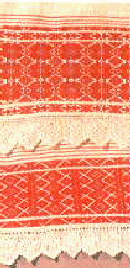 Home-made towel - "ruchnik" is still an obligatory object
in any wedding. The guests are traditionally greeted with round rye bread and salt on
ruchnik. There is a lot of other ritual uses of "ruchniks". One of its important
function is to dress icons (see below).
Home-made towel - "ruchnik" is still an obligatory object
in any wedding. The guests are traditionally greeted with round rye bread and salt on
ruchnik. There is a lot of other ritual uses of "ruchniks". One of its important
function is to dress icons (see below).
![]()
Because of the great ritual and sacral function of
ornamental towels in traditional Belarusian culture we have made a separate page
about Belarusian Ruchniks based on this
great book by Vol'ha Labacheuskaia published in 2003.
 This is the cover
of this excellent and well-illustrated book of Vol'ha Labacheuskaia "Link of Times - Belarusian Ruchnik"
(translated by A.L. Vasil'eva). The book contains color photos of 221
Belarusian ruchniks dating late XIX and XX centuries from collections of 11 ethnographical
museums in Belarus. You can attempt to purchase the book on-line here or here.
This is the cover
of this excellent and well-illustrated book of Vol'ha Labacheuskaia "Link of Times - Belarusian Ruchnik"
(translated by A.L. Vasil'eva). The book contains color photos of 221
Belarusian ruchniks dating late XIX and XX centuries from collections of 11 ethnographical
museums in Belarus. You can attempt to purchase the book on-line here or here.
.
Some regional examples of Belarusian
Ruchniks ornaments from the book by Labacheuskaia are shown below:
Central Belarus:
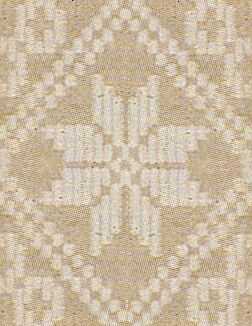


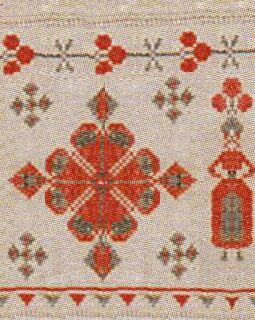


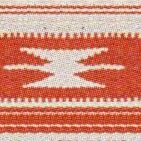









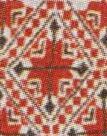








Eastern Palesse (South-Eastern Belarus):






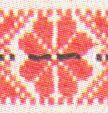




![]()
![]()
![]()
![]()
![]()
![]()
![]()
![]()
![]()
![]()
![]()
![]()
![]()
![]()
![]()
![]()
![]()
![]()
![]()
Western Palesse (South-Western Belarus):








![]()
![]()
![]()
![]()
![]()
![]()
![]()
![]()
![]()
![]()
![]()
![]()
![]()
![]()
![]()
![]()
![]()
![]()
![]()
![]()
![]()
![]()
![]()
![]()
![]()
![]()
![]()
![]()
![]()
![]()
![]()
![]()
![]()
![]()
![]()
![]()
![]()
![]()
![]()
![]()
![]()
![]()
![]()
![]()
![]()
![]()
![]()
![]()
![]()
![]()
![]()
![]()
![]()
![]()
![]()
![]()
![]()
![]()
![]()
![]()
![]()
![]()
![]()
![]()
![]()
![]()
![]()
![]()
![]()
![]()
![]()
![]()
![]()
![]()
![]()
![]()
![]()
![]()
![]()
![]()
![]()
![]()
![]()
![]()
![]()
![]()
![]()
![]()
![]()
![]()
![]()
![]()
![]()
![]()
![]()
![]()
![]()
![]()
![]()
![]()
![]()
![]()
![]()
![]()
![]()
![]()
![]()
Padniaproue (Eastern Belarus):
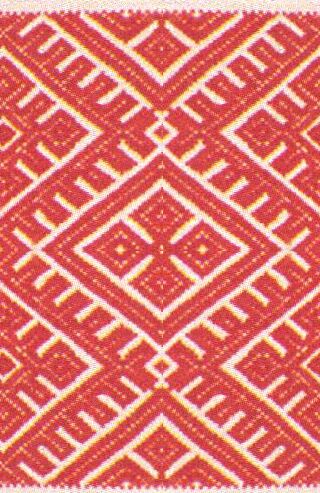


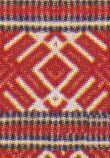




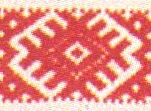



Paniamonne (North-Western Belarus):
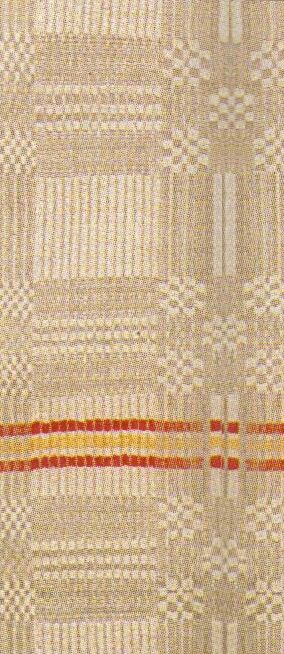



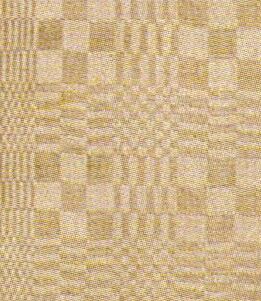





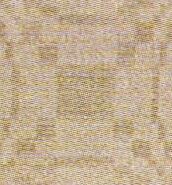










Traditional Belarusian
Textile Bleaching and Dying Techniques
"The main material for textile goods of Belarusians were flax, sheep woolen cloth, hemp. Threads were died using natural dyes based on flowers, grass, tree bark, and thus the traditional palette of Belarusian textile goods was moderate and not too bright. Only at the end of 19th century due to wide use of industrial products and synthetic chemical dyes it becomes more bright and saturated, which also reflects in more complex character and composition of decor. Nevertheless the most characteristic to Belarus are white flax textiles with delicate ornament, which was created either via special technology of weaving or alternating of bleached and raw flax threads [2]:








The components of clothing,
textiles of ritual and decorative usage (ruchniki, etc) made from bleached flax
were decorated with embroidered or woven ornaments of general Slavic
rhombic-geometrical character of symbolic red color, sometimes with addition of
yellow and black" [2]
"All processing of raw
material and preparing it for textiles was done by hand - usually by
women. In October the flax was pressed, tousled, combed. In November the thread
spinning was started. Threads were weaved either with the use of spindle or a
wheel. After that threads were prepared for either bleaching, dying or yarning (A.A.: making one thread out of two or more)." [3]
"Bleaching. Woven threads
were soaked in alkali in a tall wooden vessel ("zhlukta"), where it
was soaked in boiling water and alkali. Then the solution was drained through a
draining valve at the bottom and threads were rinsed in water, beaten with
wooden stick ("pral'nik") and rinsed in the river. After that threads
were laid on the grass in the sun. This method existed till mid 20th century,
when it was replaced by bleaching with chemicals." [3]
The "hi-tech" barrel zhlukta (left) and less fancy "kadoub" zhlukta (right, village Zaperynne, Puhavichy region) made in a shape of wooden tube out of a single tree trunk are shown below [3]:
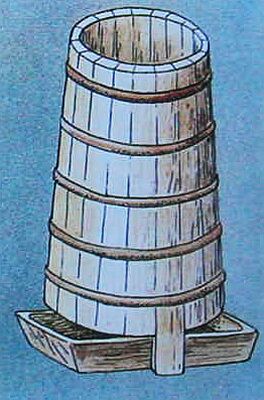
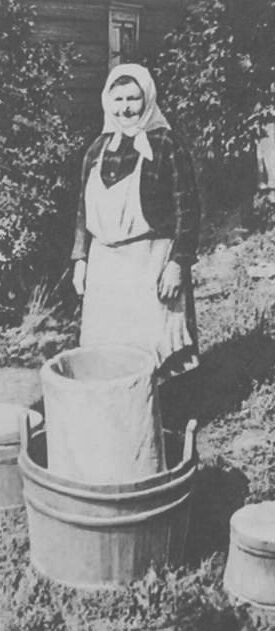
"Starting in XVII century Belarusian
estates had special bleaching buildings - "bialil'nia". It
was usually 3 chamber building with a patio for bleaching threads in the sun.
There was also "valkounia" room where bleached textiles were pressed
on special rollers - "valki". [3]
"Zhlukta. It is a special
barrel standing on three feet about 1m tall. The threads or textiles were placed
into “zhlukta” and soaked in alkali or dusted with ashes (birch ashes were
considered the best suited), then boiling water was pored on top. After some
time the water was drained through an opening near bottom *(closed with cork)
and textiles were rinsed in water." [3]
"Dying of textiles and threads. The basic raw materials used for dying were brew or extracts of leaves, tree bark, plant trunks, flowers, roots. Mixing several components resulted in desired color shade. Such for dying black brew of "babounik"(laburnum аnаgyroides) leaves was used in which threads or textiles were boiled for 2-3 hours, after which it was soaked in the "swamp rust" for color fixation and dried without rinsing. Of other infusions used for dying in black were infusion of "muchanik"("talaknianka zvychajnaia" - Arctostaphylos uva-ursi), bilberries, or spiky "krushyna" bush (Rhamnus cathartica ) bark and oak leaves - which was covered on top with hot water and brewed for 2-3 days. After this textiles or threads were soaked in resulting brew for 3-4 days. Woolen threads were dyed black in the brew of birch bark , which was boiled for several hours. The woolen threads were soaked and dried several times in resulting brew filtered off the debris. [3]
Images of muchanik, babounik, barbarys, krushyna, verasok from Russian garden encyclopedia
The flax threads were dyed in cooked
brew of oak bark, ash-tree or "krushyna"
bush (Rhamnus cathartica )
bark, also oak acorns brew. The yellow color was achieved by using brew of barberry
bush (“barbarys” – berberis vulgaris) bark, birch tree flowers,
cornflowers, onion skins brew, alder-bark with the use of ashes stored in a
small textile bag inside the vessel with brew, also apple tree bark brew. To
achieve red color the brew of cornflower with alder-tree bark was
used. Sometimes alder-tree bark brew was also used in combination with
rowan-tree bark. Just raw rowan-tree bark cooked with threads for several hours
would dye it red. For green color birch leaves brew was used - the leaves were
gathered in early spring when they still had some tree resin on them. The
threads or textiles were soaked in this brew for several hours. The other dyes
used brews of dried erica ("verasok"
– calluna vulgaris),
dry trunks of poppies, etc. To fixate dyes the threads were usually soaked in
iron vitriol solution, "swamp rust", or "kvas" - a sour
drink made out of bread. [3]
At the mid of XIXc - beginning of
XX century the synthetic chemical dyes gradually replaced natural dyes."
[3]
As to actual textile machines - they were mostly wooden. Below you can see few of those contraptions - images taken from reference [3]. Those were assembled inside the log houses of peasants in spring and pretty much took up most of the house. I seem to remember to have seen one in a log house of my grandma in Palesse in the sixties. You can see such machines now in museums in Belarus, for example in Museum of Folk Art in Hrodna House of Folk Creativity.
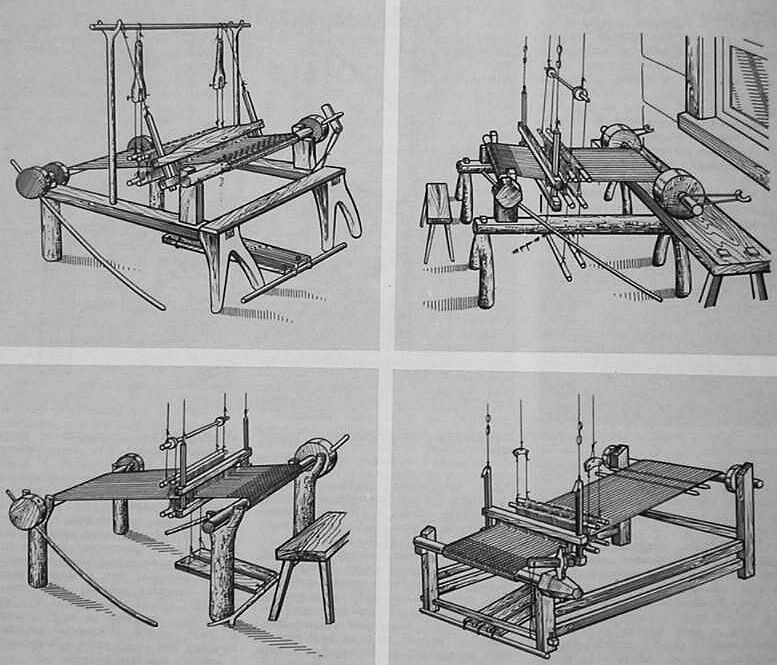
And there is one more - "horizontal" textile machine:
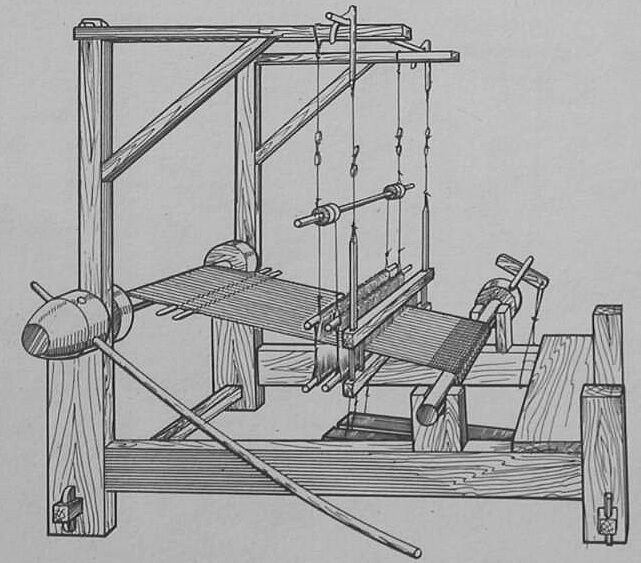
I hope someone who plays with such machine will be able to understand where the shuttle goes and which pedals switch the rows :) I do lasers not textiles :)
1. Kacar M.S. "Bielaruski arnamient. Tkactva. Vysyuki"("Belarusian
Ornament, Textiles, Embroidery")
Publishing house "Bielaruskaja Encyklapiedyja" named after Piatrus' Brouka,
Minsk, 1996 - 208 pages.
ISBN 985-11-0066-8
2. Sahuta Ja.M. "Narodnaje mastactva
Belarusi" ("Folk Art of Belarus")
Publishing house "Bielaruskaja Encyklapiedyja" named after Piatrus' Brouka,
Minsk, 1997- 287 pages.
ISBN 985-11-0075-7
3. "Etnahrafiia Belarusi" Encyclopedia
("Ethnography of Belarus")
Publishing house "Belarusian Soviet Encyklapedyja" named after Piatrus' Brouka,
Minsk, 1989.
575 pages.
ISBN 5-85700-014-9
4. Vol'ha Labacheuskaia "Poviaz' Chasou -
Belaruski Rushnik" ("Link of Times - Belarusian Rushnik")
Minsk, publishing house "Belarus" 2002, ISBN 985-01-0351-5
5. "Encyklapiedyja historyi Belarusi"(Encyclopedia of the history of
Belarus") in 6 volumes, Volume 1 Publishing house "Belaruskaja
Encyklapedyja" named after Piatrus' Brouka, Minsk, 1993 - 494 pages.
ISBN 5-85700-074-2
 This file is a part of
the Virtual Guide to Belarus - a collaborative project
of Belarusian scientists and professionals
abroad. VG brings you the most extensive compilation of the information about Belarus on
the Web.
This file is a part of
the Virtual Guide to Belarus - a collaborative project
of Belarusian scientists and professionals
abroad. VG brings you the most extensive compilation of the information about Belarus on
the Web.
Please send your comments to the authors of VG to
Belarus
History | Statehood | Culture | Law and
Politics | Cities | Nature and Geography |
©1994-05 VG to Belarus
Disclaimer